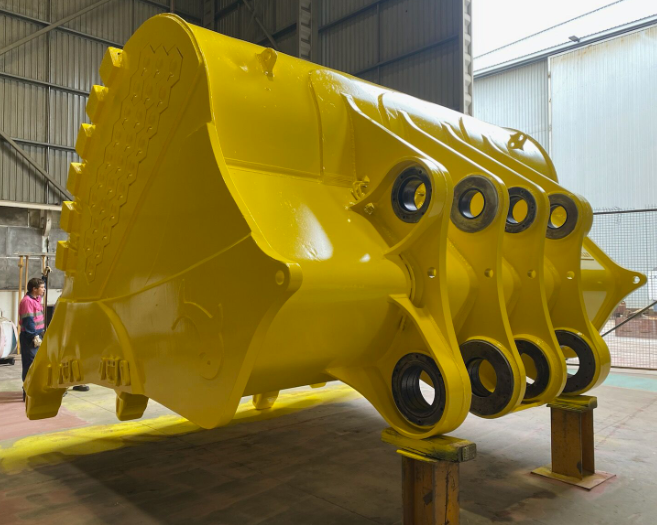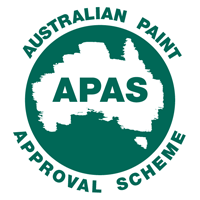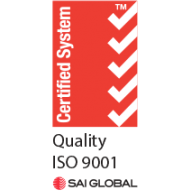What are Isocyanates?
Isocyanates are a family of highly reactive, low molecular weight chemicals. They are widely used in the manufacture of flexible and rigid foams, fibres and coatings such as paints and varnishes, and elastomers, and are increasingly used in the automobile industry, autobody repair, and building insulation materials. Isocyanates are powerful irritants to the mucous membranes of the eyes and gastrointestinal and respiratory tracts. Direct skin contact can also cause marked inflammation. Isocyanates can also sensitize workers, making them subject to severe asthma attacks if they are exposed again. There is evidence that both respiratory and dermal exposures can lead to sensitization. Death from severe asthma in some sensitized subjects has been reported. (cdc.gov 2014)
Existing Coatings
Public infrastructure such as outdoor buildings, bridges, machines, vehicles, boats, planes, furniture, floors, glasses, plastics and the like, are made from architectural materials such as metal, concrete, plastic, and wood substrates. These substrates require surface protection to prolong service life. As the substrates are exposed to weather and elements, they deteriorate and require replacement or upgrades or frequent overhaul to maintain usefulness and structural integrity.
For these reasons, chemical coatings are used to provide the substrate with a protective barrier against the elements and thereby increase the life span of the infrastructure and reduce costs associated with upgrades and replacements.
Typical coating systems used for these types of applications are epoxy, polysiloxane, acrylic, and polyurethane technologies.
Polyurethanes as Superior Protective Coatings
Polyurethane coatings are produced and applied to substrates as protective topcoats due to their high resistance to weathering, solvents, and mechanical damage.
Two-component polyurethanes comprise two reagents stored separately in the form of a mixture of macromolecular compounds containing hydroxyl groups (polyol), catalysts and additives (component 1), and hardener (component 2), in the form of polyisocyanate resin solutions. Cross linking (curing) starts as soon as components 1 and 2 are mixed.
Isocyanate Exposure
The isocyanates used are primarily aromatic including toluene diisocyanate or methylene diphenyl diisocyanate but can include aliphatic diisocyanates such as Hexamethylene diisocyanate which are known skin and respiratory tract irritants and may cause sensitization with repeated exposure.
While the resulting polyurethane network offers the advantage of high chemical stability and protection against weathering and degradation of substrates, the isocyanates used are classified as carcinogenic, mutagenic, and generally toxic substances and exposure to unreacted isocyanates represents a substantial health risk potentially disposing an applicator to long term or permanent respiratory problems.
Due to the severity of the problem, in August 2020 the European Council concerning the Registration, Evaluation, Authorisation and Restriction of Chemicals (REACH) took action to restrict the cumulative concentration of diisocyanates in a manufactured or imported substance to less than 0.1% by weight. This has persuaded many industrial and government bodies to consider alternative isocyanate-free options for the future.
Therefore, there is a need to develop a practical system or process to provide high quality coating qualities of a polyurethane standard while reducing isocyanate exposure to an applicator.
Existing Isocyanate Free alternatives
Many recent advances in isocyanate-free coatings have seen the development of new technologies which utilize alternate chemistries to achieve the finish of a polyurethane system such as catalysed acrylics and polysiloxanes. This technology, however, does not have the durability of a polyurethane.
Research into a polyurethane network without exposing the applicator to isocyanates has also been recently developed. Cyclic carbamates have been found to convert to aliphatic polyurethane systems through reacting them with polyamines, thereby eliminating the potential of isocyanate exposure to the applicator. One of the drawbacks to this type of approach is the complete overhaul of chemistry and starting materials, which does not result in a network with original chemical characteristics and properties of a standard polyurethane system.
V650 Isocyanate Free Polyurethane
Due to the lack of an available high-performance polyurethane without isocyanates present, A&I Coatings have now developed Vitrethane 650 Isocyanate-free polyurethane. This patented technology solves the problem of isocyanate exposure in polyurethanes, resulting in a safe, environmentally friendly coating which has superior weathering and chemical resistance to competing isocyanate-free systems.
This novel, high-performance polyurethane topcoat provides zero exposure to isocyanates during application, whilst still retaining the high chemical and uv stability of a polyurethane network. This is achieved by changing the curing mechanism of the coating, whilst still retaining the polyurethane network embedded in the chemical structure.

New Isocyanate free Polyurethane technology – V650 applied on a mining Excavator bucket.
- The National Institute for Occupational Safety and Health (NIOSH). https://www.cdc.gov/niosh/topics/isocyanates/default.html (2014)





